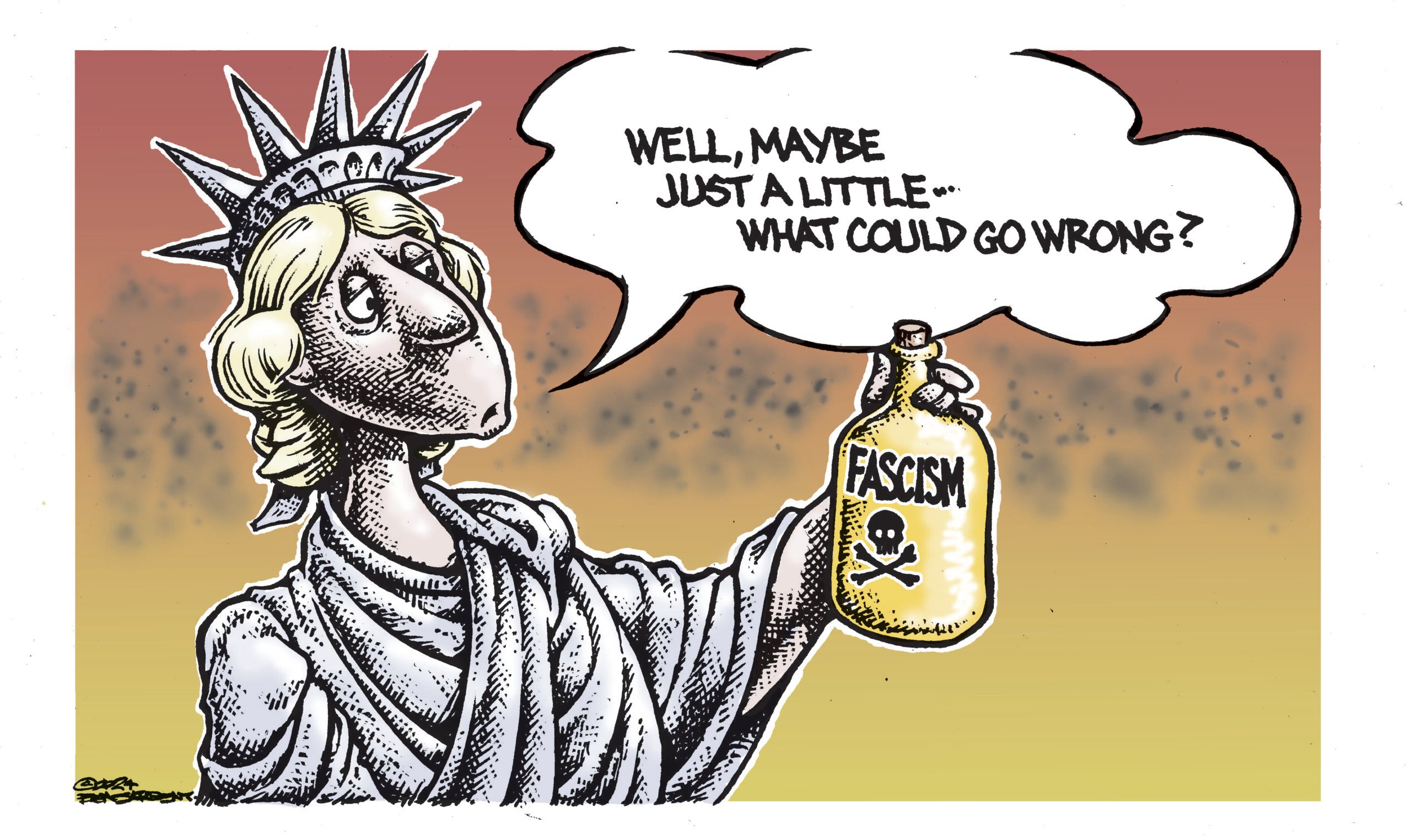Cool, Squared
Croupier
Written by Paul Mayersberg
The anthropologists say that our concept of “coolness” originates in Africa, presumably among young black men accustomed by centuries of human culture to look upon the world with splendid indifference, the way the sun shines on the nothing new. In this American century, cool is most associated with black music, particularly jazz (e.g., Miles Davis, the late frontrunner for coolest cat ever to walk the planet). More recently, the notion of coolness has been splashed all over commercial pop culture like cheap cologne, so that light beer, video games, or desiccated rock stars routinely usurp that most distinguished and meritocratic appellation.
This certainly won’t do.
Which brings us to Shaft, the new John Singleton film, featuring Samuel L. Jackson in the role created by Richard Roundtree for the original 1971 Gordon Parks film (there were actually three Shaft films in all, the others mercifully forgotten). For thirty years, Roundtree’s John Shaft – with his leather coats, his regal imperturbability, and his relentless hand of harsh justice – has been among the ranking popular definitions of cool, the closest thing to an archetype in this voraciously self-devouring culture. Parks’ film, independently produced, was not Hollywood-polished or glitzy, and showed the rough edges of corners cut in writing and in production. Its plot was pulp-predictable, and its Harlem setting was unforgivingly dark: black noir. But its director and his protagonist – aided immensely by the insistently funky score of Isaac Hayes (yet another study in self-contained American cool) – established new possibilities for popular film, particularly black popular film: a defiantly unbowed black hero in unapologetic victory over The Man. If not for Shaft, John Singleton (who says he was three years old when he first saw the film, and knows it by heart) would never have had the chance, twenty years later, to direct Boyz N the Hood.
So Singleton’s new Shaft is to an inevitable extent an homage, delivering a cameo for Parks himself, an updated rendition (“Can you dig it?”) of the Hayes score (with de rigueur rap accompaniments), and the oracular presence of Roundtree, now an uncle to Jackson’s New York police detective John Shaft. But the film is also Singleton’s attempt to update the black masculine mythology: to locate, as it were, the next generation’s cinematic notion of The Cool.
Does he find it? Sort of. Samuel Jackson may not quite be the Second Coming of the young James Earl Jones, but he’ll do until somebody even more imposing happens along (there’s a moment in the film when massive ex-New York Giant Lawrence Taylor auditions for the job, but Jackson inevitably wilts even him). As Shaft must, Jackson carries the film on his considerable shoulders, and around him the terrified witness (Toni Colette), the multi-culti villains, and Shaft’s fellow cops (good and bad) swirl like so much sparkling confetti. Shaft, of course, gets all the best lines. When the Rich White Kid/Villain (Christian Bale) demands, “Do you know who my father is?” Shaft replies, “No. Do you?”
But the film also has obvious screenplay trouble, reportedly the outcome of production battles among Singleton, screenwriter Richard Price, Jackson, and producer Scott Rudin. There was some muttering that novelist Price’s perspective was too “white,” suggesting a foolish amnesia: Shaft was in fact created by journeyman white journalist turned novelist Ernest Tidyman. More sensibly, Jackson considered it absurd that the mythic loner Shaft be a New York City cop, so he spends much of the film not quite on the job (he eventually quits, with the film’s single best effect: a badge hurled like a thunderbolt). And both Singleton and Jackson complained of the hero’s relative chastity, when even Uncle John is provided a babe for each arm. But it’s hard to see when Shaft might have penciled in a serious assignation. He’s got to save New York City not only from the Rich White Murderer with Connections, but from “Peoples” Hernandez, a Dominican drug kingpin played with such over-the-top panache by Jeffrey Wright that he merits comparison with Al Pacino’s Cubano Scarface. In this already overbusy genre, two distinct villains mean two distinct climaxes – and so it unhappily goes, with Shaft elegantly engineering the obligatory car-chase and shoot-out for Climax No. 1 (accompanied by a frankly embarrassing comic sidekick clumsily played by rapper Busta Rhymes), and then becoming a literal bystander for Climax No. 2. The result is a muddle, almost disastrous for an action film, and a reliance on vigilante gunplay that is finally dispiriting.
It may represent a sort of progress that the original film’s literally Black vs. White oppositions have been complicated and blunted by time, although I’d bet that black audiences won’t feel quite so enthusiastic about the Hollywood/police crossover of one of their generational pop-culture heroes. As a favor to an informant, this New Age Shaft brutally pistol-whips a young black gangbanger, while passing beat cops look on approvingly. And as Shaft readies for the big shootout, he pumps his shotgun and announces, “It’s Giuliani Time!” – i.e., shoot first and hold press conferences later. The original Shaft knew which way those guns were pointing, and he was trying, even if symbolically, to even up the odds.
It’s not too far a distance from Shaft’s New York to Croupier’s London, something like the journey from Richard Roundtree to Michael Caine, from brooding Harlem to gritty East End. Croupier director Mike Hodges directed Caine in the implacably hard-boiled Get Carter, by cool coincidence also released in 1971. In Croupier, the mark of Caine is worn by young Clive Owen, as Jack Manfred, a would-be novelist who accepts a job as a croupier (casino dealer) when neither words nor money are forthcoming. His sure hands confirm that he’s done this before, back in Sun City; his unspoken exclamation, “Here I am, back in the House of Addiction,” confirms that he knows the other side of the table, at least vicariously.
“I don’t gamble,” Manfred insists throughout, and it is the film’s intriguing premise that he protests entirely too much. The screenplay, by Paul Mayersberg (The Man Who Fell to Earth) slowly turns Jack into his novelistic/croupier alter ego, “Jake,” but Hodges handles that conceit with a very light hand; the writer is looking for material in a walk on the wild side, and the voice he hears is his own, trying to find a narrative handle.
Inevitably, Jake’s pretense of a god-like indifference to the game of life proves false, but so quietly and slowly that you’re barely aware when he turns the corner, and it’s not certain he himself ever knows. Distracted by the mathematical intensity of dealing and intent on watching the “punters” willingly lose their shirts, he fails to notice when his own soul is wagered in increments. He drifts away from his girlfriend, Marion (Gina McKee), who recognizes the change but can’t deflect it. Willingly seduced by a glamorous gambler (Jani de Villiers of television’s ER), he slowly abandons his notions of professional honesty – not out of any real greed, but in a sort of moral experimentation. Some might call it gambling. But it is a measure of Croupier’s pristine coolness that when “Jake’s” bets come due, it’s not quite Jack who’s paying.
Jack is fond of a bit of hard-boiled wisdom out of Hemingway: “The world breaks everyone and afterward many are strong at the broken places. But those that will not break it kills.” Out of its context, that scrap of A Farewell to Arms is ripe for melodrama, but Croupier leaves the thought hanging, and lets the audience guess whether Jack has indeed been broken by his own hand or just by ordinary coincidence. In truth, the film’s existential two-step is less fascinating than the imagined details of casino life, which from scene to scene play like a cross between glittery James Bond and morose social documentary.
Croupier is just getting its general release in the States and riding a buzz like a cult film. The film had its English release three years ago, was buried by wan promotion and no doubt its own unblinking stoicism, and was only recently re-bundled by the independent distributors of Shooting Gallery and sent spinning here. It likely won’t find a mass audience; when it threatens for a moment to become just another caper film, complete with shootouts and faceoffs, Hodges abruptly trips it up and shuts it down. He prefers bitter domestic wisdom: you can certainly go home again, but there your father is still in charge.
Look for an entertainingly boffo (and probably better) sequel to Shaft. Croupier doesn’t need one.


